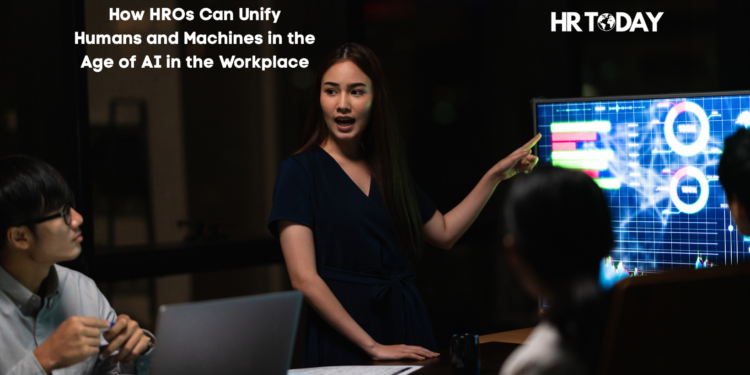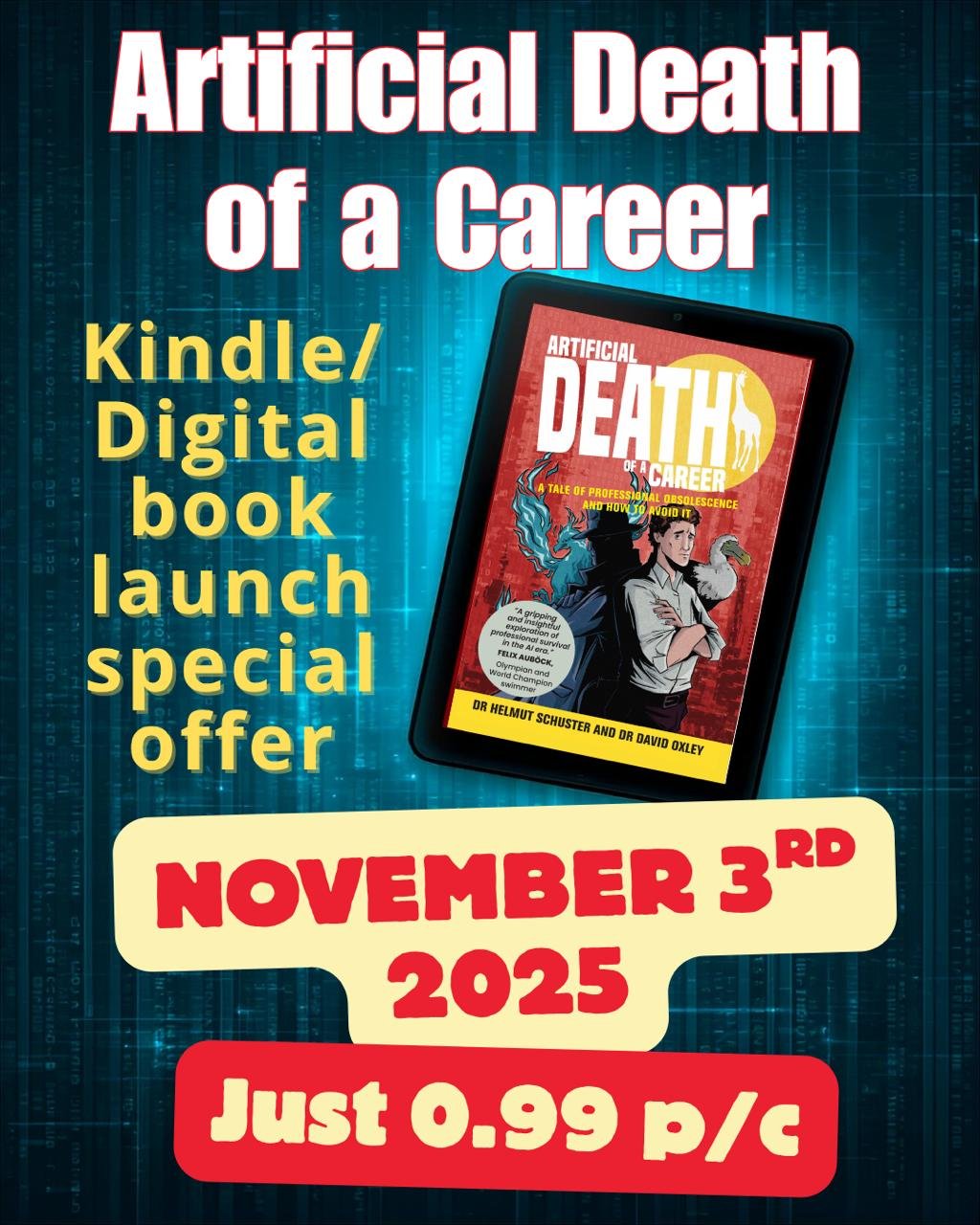According to Research & Markets, the global market for Artificial Intelligence (AI) in Human Resources (HR) was valued at US$4.4 billion in 2024 and is projected to reach US$15 billion by 2030, growing at a CAGR of 22.9% from 2024 to 2030. In this age of AI, machines and innovations are transforming workplace operations. While concerns about AI replacing humans persist, it simultaneously presents immense opportunities to enhance employee productivity, skills, and innovation through training, as well as to create new job roles. HR departments are at the forefront of this transition, playing a crucial role in bridging the gap between employees and machines. Various reports indicate a significant increase in HR leaders engaging in pilot programs and planning new AI implementations, with figures doubling between June 2023 and January 2024. This trend underscores the growing demand for generative AI’s potential to reshape HR practices and promote a collaborative workspace where humans and machines can thrive!
“AI is not here to replace humans, but to empower them with new skills, productivity, and opportunities.”
HR: Leading the Transformation of Generative AI Through a Practical Approach
While GenAI offers revolutionary benefits, concerns about data privacy, over-reliance on untested technologies, and inadequate oversight during implementation remain. A human touch is essential, and HR plays a vital role in uniting humans and AI in this workplace era. A report indicates that 81% of HR professionals are exploring AI and innovations to enhance workplace efficiency. They are strategically positioned to navigate the changes that may be introduced to the workforce. They must understand how various roles can evolve and how to seize the opportunities presented by AI throughout the HR framework, including talent acquisition, developing ethical frameworks, enhancing workforce readiness, and more. Effectively managing this transformation is one of the most critical aspects.
Talent Acquisition: In recent years, the use of artificial intelligence for talent acquisition has seen unprecedented growth, becoming a widespread application in human resources. Innovative AI-integrated recruiting platforms can efficiently streamline the recruitment process, handling simple tasks such as sourcing, interviewing, and screening. AI and ML can help identify suitable candidates with relevant skills for the organization by searching databases. They can also assist in discovering candidates who may not have otherwise applied. Additionally, they can help streamline the logistics of scheduling interviews and generating appropriate interview questions. AI and ML can sift through numerous applicants and identify those who best fit the role based on their qualifications.
Establishing Ethical Frameworks: By introducing clear guidelines for the responsible use of AI and machine learning, including maintaining data privacy by adhering to regulations such as GDPR and CCPA, HR can develop an ethical framework in the workplace through various strategies. They should focus on reducing bias in algorithms by utilizing diverse training data and incorporating human oversight into the decision-making process. It is crucial to prioritize equity and transparency!
“A human touch is essential – equity, transparency, and oversight must guide the integration of AI into HR practices.”

Enhancing Workforce Readiness: HR can improve workforce readiness by conducting a skills gap analysis to identify areas where employees lack AI-related skills. By developing comprehensive upskilling programs, HR can prepare employees to work effectively alongside AI tools. This approach equips the workforce with the necessary training and skills to leverage AI’s capabilities, create new job roles, and enhance efficiency without the risk of technology replacing them.
Enhancing Employee Experience: HR can significantly improve the employee experience and increase retention rates by leveraging AI. By automating mundane administrative tasks, employees can devote their time to acquiring valuable technological skills. Committing to improving the employee experience not only benefits employee well-being but also fosters organizational growth, leading to the inherent advantages of a motivated and thriving workforce.
Can HR Utilize AI to Promote Diversity and Inclusion?
Absolutely! HR can leverage AI to promote diversity and inclusion by analyzing hiring trends and reducing unconscious biases throughout the recruitment process. The integration of AI systems enables employers to evaluate candidates’ skills and experiences more objectively, rather than relying on subjective judgments, resulting in a more equitable selection process. These innovations can help HR identify diversity gaps and establish a more representative workforce. Moreover, HR can proactively address potential workplace challenges through AI-powered sentiment analysis, which evaluates internal communications to detect issues. This helps foster an inclusive atmosphere. As mentioned, AI supports fairness in promotions and compensation, thus minimizing biases by basing decisions on performance metrics and fostering a transparent and equitable environment that champions diversity.
“AI can be a powerful equalizer, reducing unconscious bias and fostering a truly inclusive workforce.”
AI in HR: Real-World Examples
Many prominent companies harness AI to enhance HR processes, including hiring and employee satisfaction. For instance, Google uses AI for talent management through predictive analytics to identify candidates for promotions and customize employee training based on performance metrics. IBM automates resume screening and employs predictive analytics to recognize suitable candidates, expediting the hiring process and improving selection accuracy. They also use AI sentiment analysis to gauge employee morale. Additionally, Panasonic North America analyzes employee feedback with AI to refine engagement strategies, improving satisfaction and retention. Numerous established organizations are integrating AI into HR to thrive in this AI workplace era.
Read Also : When HR “Produces Nothing”: A Response to Jennifer Sey’s Anti-HR Vision
The Fine Balance: Navigating Work, Life, and Mental Wellbeing
Mind the Leadership Gap – From Learning to Real-World Impact
How the Adecco Group is empowering its employees for the future of work











